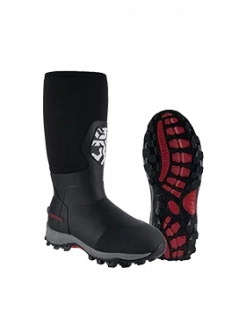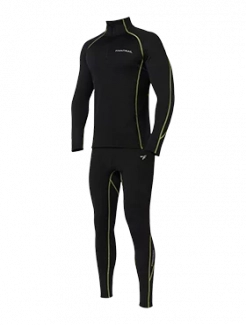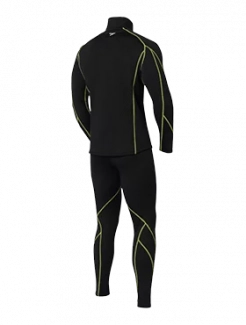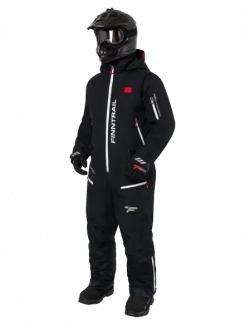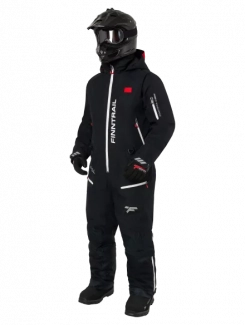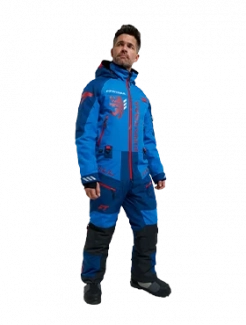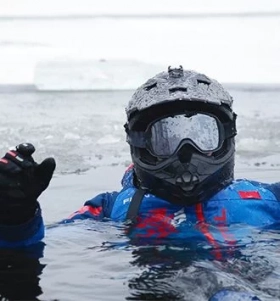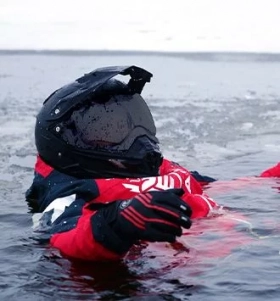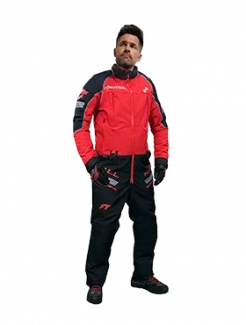How to Avoid Common Ice Fishing Hazards
Ice fishing is both a peaceful retreat into nature and an exhilarating outdoor challenge. For many, the frozen solitude of a snow-covered lake offers a welcome escape and the promise of a great catch. However, like all winter sports, ice fishing comes with specific risks that can turn dangerous if you're not properly prepared. Whether you’re a seasoned angler or trying it for the first time, understanding the potential hazards and following essential safety measures is crucial to having a safe and enjoyable experience.
Is Ice Fishing Dangerous?
Yes, ice fishing can be dangerous—especially if basic safety rules are ignored. While it may appear calm and quiet on the surface, venturing onto frozen lakes and ponds without adequate knowledge or gear puts you at serious risk. The most common dangers associated with ice fishing include:
-
Falling through thin or unstable ice
-
Hypothermia and frostbite from prolonged exposure to cold
-
Carbon monoxide poisoning from improperly ventilated shelters
-
Getting stranded or injured in isolated or hard-to-reach locations
Proper preparation, awareness, and the right equipment are your strongest defenses against accidents on the ice.
1. Check Ice Thickness Regularly
Before setting foot on the ice, always check the thickness to ensure it’s safe:
-
4 inches – generally safe for walking
-
5–7 inches – suitable for snowmobiles or ATVs
-
8–12 inches – required to support small vehicles or heavier equipment
Ice thickness can vary greatly across the same body of water. According to the Maine Department of Inland Fisheries & Wildlife, snow cover, currents, and springs can create dangerous thin spots even in areas that seem solid.
2. Wear a Flotation Device
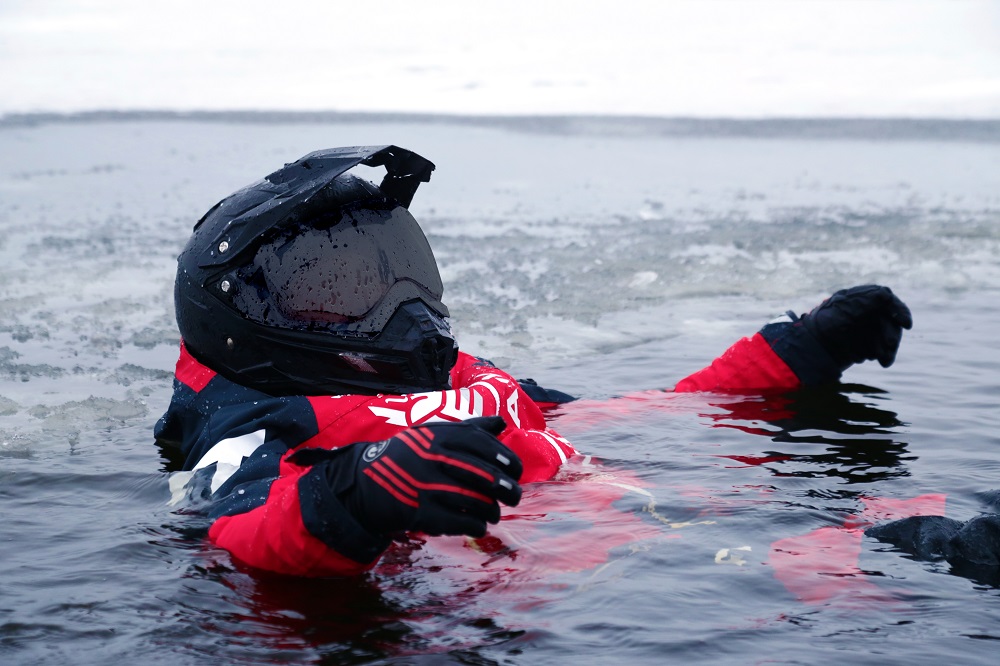
Wearing a life jacket or a flotation suit significantly increases your chances of survival if you fall through the ice. This is especially important during early and late winter, when the ice tends to be thinner and less predictable.
Pro tip: Invest in a flotation suit specifically made for ice fishing — it not only helps you float, but also provides critical thermal insulation to protect against cold shock and hypothermia.
3. Never Fish Alone
Ice fishing by yourself may seem peaceful, but it greatly increases your risk if something goes wrong. Always bring a fishing buddy, or at the very least, make sure someone knows your exact plans. Having another person nearby could make all the difference in an emergency.
4. Bring Essential Safety Gear
Proper gear can make the difference between a minor mishap and a serious emergency. Be sure to carry:
-
Ice picks or ice claws – for pulling yourself out of the water if you fall in
-
A throw rope – to help rescue others at a safe distance
-
A whistle – to attract attention if you need help
-
A dry change of clothes – packed in a waterproof bag
-
A fully charged phone – in a waterproof case, ideally with location-sharing enabled
These items are lightweight and easy to carry, but they can literally save your life.
5. Dress in Layers and Stay Dry
Cold-related conditions like frostbite and hypothermia can develop quickly during ice fishing. Dressing appropriately helps protect your body from exposure:
-
Start with a moisture-wicking base layer to keep sweat away from your skin
-
Add insulating layers, such as fleece or wool, to retain body heat
-
Finish with a windproof and waterproof outer shell to shield against snow and icy winds
-
Don’t forget insulated boots, waterproof gloves, and a thermal hat
6. Ventilate Your Ice Shelter
Many anglers use propane heaters to warm up inside portable shelters — but without proper ventilation, this creates a serious risk of carbon monoxide poisoning. Watch for signs of carbon monoxide exposure such as dizziness, nausea, headaches, or confusion. If you feel off, leave the shelter and get fresh air immediately.
7. Tell Someone Your Plan
This simple safety step is often overlooked but incredibly important. Before heading out to your ice fishing destination, let a friend or family member know:
-
Where you’ll be fishing
-
When you plan to return
-
What vehicle or equipment you’re using
-
How they can contact you
If something goes wrong and you're unable to call for help, this information could be vital in getting emergency assistance.
8. Know How to Ice Fish Safely
Safe ice fishing is about more than setting up a rod and waiting for a bite. It requires situational awareness and caution at all times. Stay alert for:
-
Signs of weak or thawing ice, such as slushy areas, dark spots, or cracks
-
Dangerous features, like pressure ridges, inlets, or outlets where ice is often thinner
-
Shifts in weather conditions that may affect ice stability
Educating yourself about the environment and practicing good judgment are your best tools for staying out of danger.
Be Smart, Stay Safe
Ice fishing is one of winter’s most rewarding outdoor adventures — but only when safety is taken seriously. By following these safety tips, equipping yourself with the right gear, and staying informed, you can minimize risk and focus on the fun and excitement of the experience.

